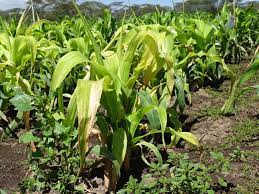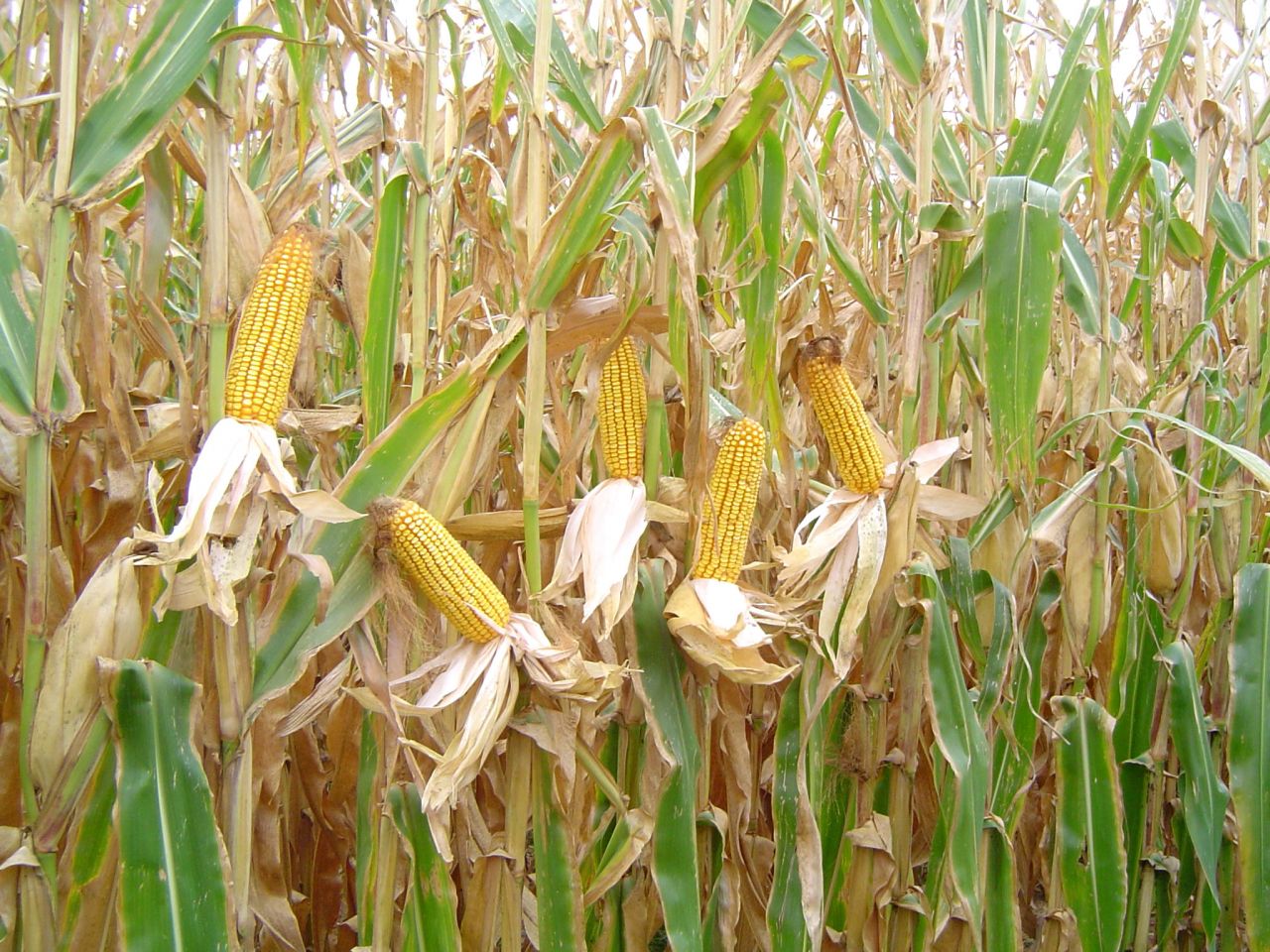Maize lethal necrosis (MLN) is a disease of maize caused by coinfection of maize with maize chlorotic mottle virus (MCMV). It is one of various viruses from the Potyviridae, such as sugarcane mosaic virus, maize dwarf mosaic virus, Johnsongrass mosaic virus or wheat streak mosaic virus.
The coinfecting viruses behave synergistically to result in frequent plant death or severely decrease or negligible yield. Over the past eight years, MLN has emerged in sub-Saharan East Africa, Southeast Asia, and South America, with huge impacts on smallholder farmers.



How to prevent diseases and pest attack in mazie?
Anthracnose: Plant hybrids that are resistant to anthracnose, as well as rotating crops and plowing crop debris into the soil, may help to lower the occurrence of early season infections.
Cercospora Leaf Spot (Gray Leaf Spot): Plant disease-resistant corn hybrids; crop rotation and shoveling waste into the soil may lower inoculum levels in the soil, but they may not provide control in disease-prone locations. For some high-yeilding susceptible hybrids, foliar fungicides may be economically viable.
Charcoal Rot: There are no fungicides available to cure the disease at this time. Prevent stressing plants by implementing excellent water management and alternating crops with small grains may help lower disease occurrence.
Common Rust: Planting resistant hybrids is the most effective way to control the disease. However, using appropriate fungicides can help control the disease and lessen its severity. Fungicides are most impactful when the volume of secondary inoculum is still low, such as when plants only have a few rust pustules per leaf.
Common Smut: Although several methods for controlling common smut have been suggested, the only technique that is totally efficient is to grow resistant corn hybrids.
Downy Mildew Disease: Grow resistant hybrids and types that are now available. Follow crop rotation with non host crops. Utilize suitable systemic fungicide for both seed treatment and foliar spray. Keep the fields free from weeds. Drying seeds before sowing decreases the disease occurrence.
Cutworms: Allow six weeks for the land to be weed-free before planting. Apply pyrethroid sprays in bands over the rows.
Rodents (Vertebrate Pests): Rodent control in the field is challenging.
Farmers often plant three to four plants per hill, then reduce to two seedlings in the third week to minimize a decline in stand.
This doesn’t have to be done throughout the field, instead concentrate on the areas that are prone to rodent damage, such as near a bush.
Maintain a clean environment by weeding or cutting as much as feasible.
Rodents commonly enter maize fields through adjacent plants and debris, however they may be afraid of crossing open ground.
Gibberella Stalk and Ear Rot: Gibberella is more susceptible to stressed plants, so providing adequate fertilization and irrigation can help lower disease occurrence and control insects, particularly stem and ear borers. Hybrids differ in their susceptibility to the disease, so more research is needed to develop specific control measures.
Southern Corn Leaf Blight: Planting resistant hybrids is the most efficient way to manage the disease. Cultural control strategies consist of pushing crop trash into the soil after harvest and rotating crops.



